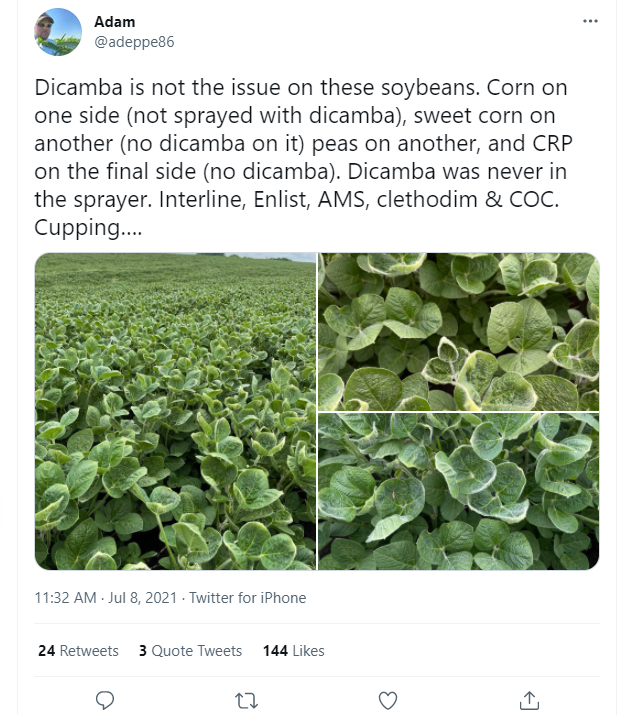Market Highlights: Feeder Cattle Continue Rally
FED CATTLE: Fed cattle traded $2 higher compared to last week on a live basis. Prices on a live basis were mainly $110 to $112 while dressed prices were mainly $175.
The 5-area weighted average prices thru Thursday were $111.05 live, up $2.31 from last week and $174.96 dressed. A year ago prices were $97.59 live and $153.93 dressed.
The finished cattle market showed a little life this week as most trade was complete before Friday. The cash price improvement was likely a function of live cattle futures making positive movements most of the week though the price increase was small. The price increase was a welcome sign for cattle feeders that have fell into slightly negative margins on a cash to cash basis in recent weeks.
It is still difficult to determine where fed cattle prices will peak in the fourth quarter, but optimism puts them near $117 while pessimism keeps them in the $113 to $115 range. A failure to push prices higher could put a damper on cattle feeders demand for feeder cattle, but demand remains strong at this time.
BEEF CUTOUT: At midday Friday, the Choice cutout was $198.85 up $1.41 from Thursday and up $1.46 from last Friday. The Select cutout was $190.85 up$1.40 from Thursday and up $2.70 from last Friday. The Choice Select spread was $8.00 compared to $9.24 a week ago.
Fluttering, floundering, and stagnation are all words that could be used to describe beef cutout prices as beef prices have moved very little in recent weeks. However, these words provide a pessimistic view of the beef market, and more optimistic words may be readying for a charge, waiting to bounce, or possessing potential energy! In fact, all these terms are accurate.
The beef market has been fairly steady for several weeks, but middle meats will begin to garner some attention as the market moves closer to the holiday season. The increased interest in middle meats should help spur beef prices to slightly higher levels in November and December before the winter market of end meats becomes the support system for wholesale beef.
It is unlikely packers will raise too much of a fuss about current price levels given the strong positive margins at the packer level. Given strong cattle supplies, the packer should maintain some leverage over cattle feeders as the market moves forward.
OUTLOOK: The resounding gong of strong feeder cattle prices continues this week. Some may be asking themselves why feeder cattle prices remain elevated given the increased number of cattle, the expectation for increased meat production in the beef, pork, and poultry sectors, and relatively low finished cattle prices.
There are several factors that continue to support the feeder cattle market. Maybe the place to start is with low corn prices which result is relatively low feed costs. December corn futures prices have been hanging around the $3.50 per bushel mark for two months now. Given expected corn production this year, there is little concern of corn prices rallying to the upside.
Additionally, the cash corn price in many cattle feeding states is closer to $3 given the highly negative basis. On this note, low corn prices in cattle feeding country will result in a strong demand for feeder cattle by farmer-feeders in the Mid-West. Thus, many farmers will be marketing their corn crop through four-legged animals after the first of the year instead of hauling it on a grain truck.
Not to be outdone, the February and April live cattle futures prices are trading in the $121 to $122 range which provides cattle feeders the opportunity to bid current levels for feeder cattle. Some cattle feeders may even be betting on stronger prices in the spring which makes them feel like they are getting a good deal at today’s feeder cattle prices.
Last but not least, beef demand domestically and internationally remains strong which is supporting prices. Similarly, the calf market is being supported by the feeder cattle market. Though the calf market has remained fairly strong through mid-October, purchasers of these animals face several risks that are accounted for in the market price.
There will likely be continued pressure on freshly weaned calves moving through the next month and a half as morbidity and mortality rates become more of a concern. The markets cannot be predicted with perfect accuracy, but producers can be ready to take action when a favorable pricing opportunity becomes available.
ASK ANDREW, TN THINK TANK: Several questions were posed this week, but one similar question has been asked three times in as many weeks from producers across the state. The focus of the question has concerned the feasibility of feeding corn silage as the main winter feed as opposed to hay. I have not delved as deep into this question as I probably should have, but some of our recent research in the Department of Agricultural and Resource Economics at the University of Tennessee has demonstrated that corn silage may actually be the least expensive method of feeding a cow herd during the winter. Before jumping in head first, producers should determine if there is a silage producer in their area that could either sell some silage or assist with producing silage. The machinery compliment for silage production can be rather expensive, but it may be something worth looking into in the long-run.
Please send questions and comments to agriff14@utk.edu or send a letter to Andrew P. Griffith, University of Tennessee, 314B Morgan Hall, 2621 Morgan Circle, Knoxville, TN 37996.
FRIDAY’S FUTURES MARKET CLOSING PRICES: Friday’s closing prices were as follows: Live/fed cattle –October $112.83 +0.48; December $117.13 -0.15; February $121.08 -0.13; Feeder cattle –October $154.05 +0.50; November $155.00 +0.45; January $153.05 +0.80; March $150.35 +0.68; December corn closed at $3.53 up $0.04 from Thursday.











